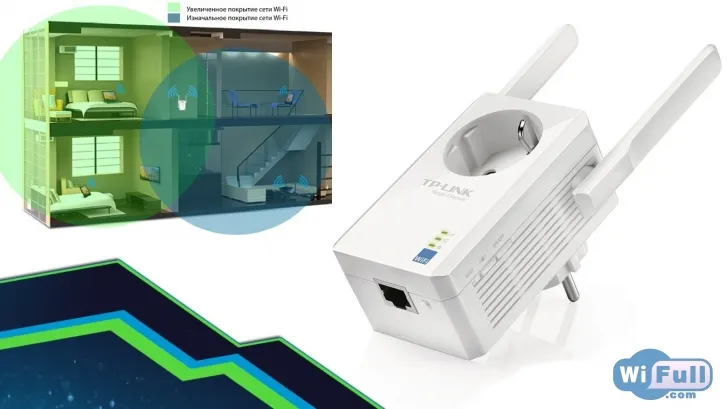Reinforced antenna for Wi-Fi
Types of Wi-Fi amplifiers and ways to make them
With a standard set of tools and commonly available materials, you can build such devices as:- simple antenna;
- antenna "double eight";
- antenna "triple eight".
To make a simple antenna we need a plastic box for CDs, which will act as the body of the amplifier, one CD, a soldering iron and a copper solid wire 2.5 mm thick. The first thing to do is to cut off the part of the pin that the discs are put on. This can be done with a metal hacksaw or a bolt cutter. The distance from the bottom of the box to the top point of the tube should be 18 mm. Then on the edges of the resulting pipe (opposite each other) with a file make four notches. In these grooves will be installed the next element - a diamond-shaped figure of eight, which we will make from copper wire. This process requires special attention, so let's look at it step by step:
- Take a solid copper wire, 25-30 cm long, and completely remove the insulating coating.
- Measure 30 mm from its edge and make a bend. Then, following the specified dimensions repeat the procedure until we have a product in the form of a figure eight, consisting of two rhombuses.
- The ends of the wire should be soldered and tinned, thus giving the product integrity.

Now you can begin to install the reflector, made from an ordinary CD. It is put on the cut pipe and fixed to the bottom of the box with silicone glue. The next step is to install the copper figure eight into the grooves we have made, after which it is also fixed in them with the same glue. After the silicone will dry, it is necessary to solder to its central bends the cable from the router, which is wound up from the bottom and passes through the socket. After that the antenna is ready for use.
Antenna "double eight" - this is an improved form of the previous amplifier. It should be noted that instead of a plastic disc box, the function of the substrate and reflector here can be performed by a metal plate with dielectric struts, on which this wire product will be fixed. In addition, the wires in the center of the intersection are not soldered. On the contrary, they should by no means come into contact. This can be avoided by placing some insulation at the intersection. The distance between the copper wire and the reflector should always be within 15 mm, as there may be a risk of overheating the construction.

Such a device can have a form of circular diagram. To make it, you need a plate of tin, copper or other metal, which should be bent into a ring with a diameter of 70 mm. It is desirable that the width of the plate was 100 mm. We make holes in it and install dielectric struts with copper wire attached to them. To give it a circle, you can use an ordinary bottle.

The signal amplification factor amplification with the antenna "triple figure eight" reaches 15 dB. The technology of its manufacture is similar to the above-described scheme. The only difference of this design is the increase in the number of rhombuses. Such an antenna can be placed in a protective housing made of a plastic tube with a diameter of 250 mm, and the copper wire is better covered with varnish to prevent corrosion.
Other options for creating antennas
For those who do not want to spend their time making such devices, there is a simpler option. You can buy signal amplifiers in a store and assemble them yourself into one construction. For this you will need the following components:- USB wireless network adapter, which allows you to access Wi-Fi. To get a quality signal in the apartment it is enough to install a small adapter. The larger models are much more expensive, but have a larger area of coverage.
- USB extender with passive action. You'll need a product with connectors, thanks to which you can connect the adapter to a USB-port in the computer.
- Boom or other device that allows you to securely fix the adapter on the roof.
The installation process begins with the connection of one end of the extension cord to the computer, and the other connector - to the adapter, installed on the roof. Then it must be adjusted by pointing towards the remote transmitter. The correct setting is determined by the quality of the signal received by the computer.
Despite the simplicity of construction, such antennas have a sufficiently large power, so they are increasingly common in homes and apartments.





